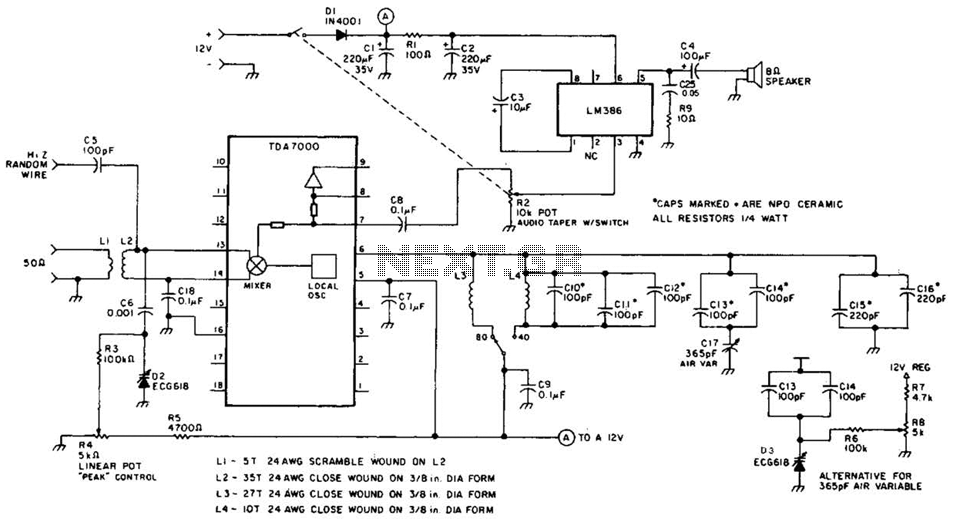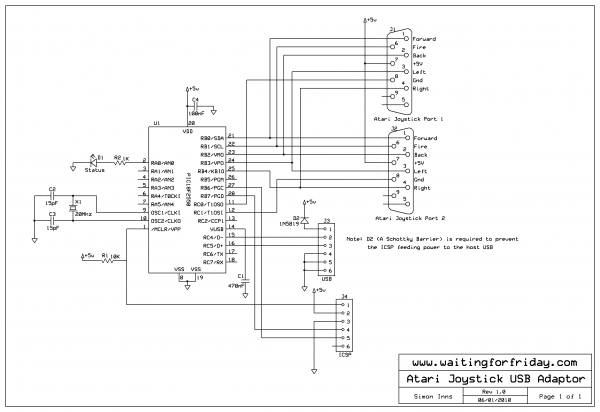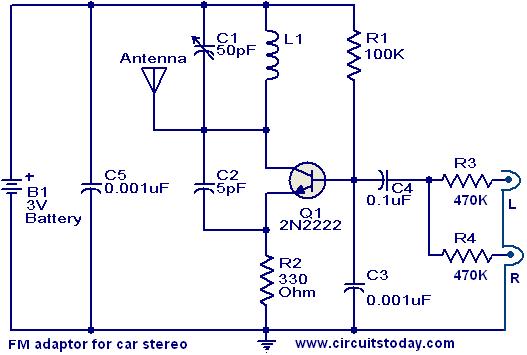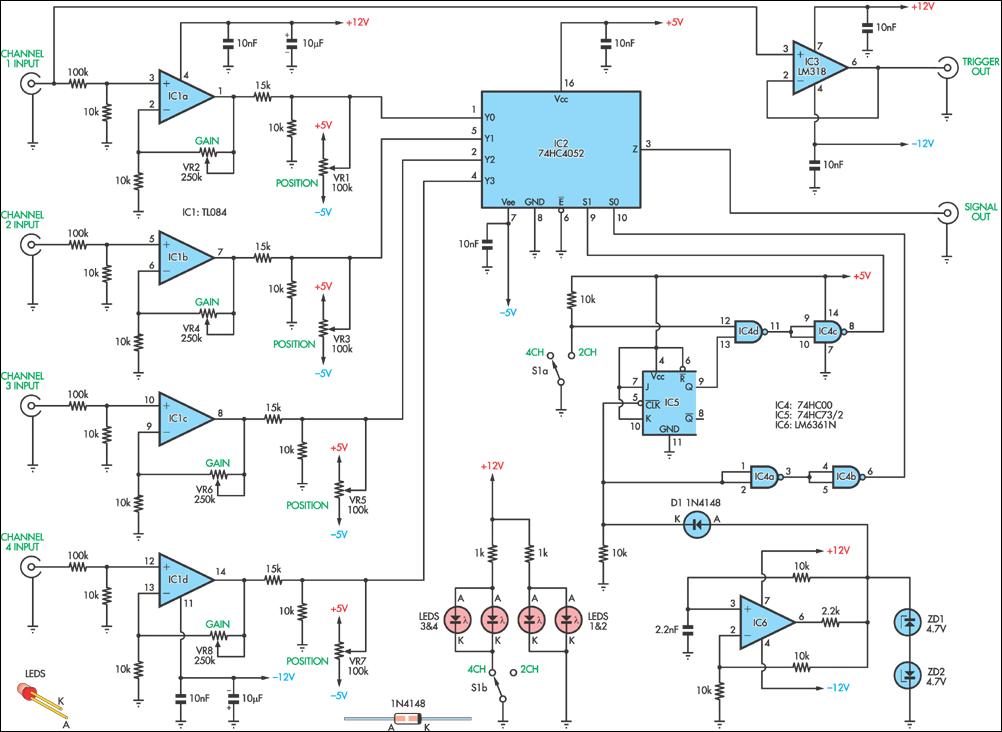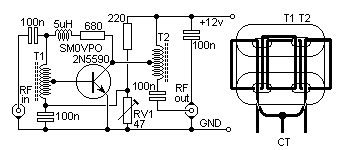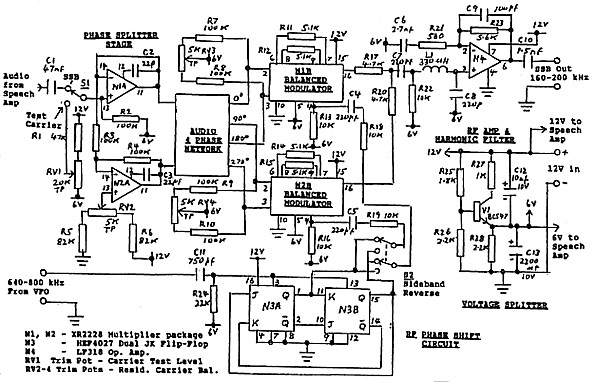
SSB ADAPTOR

Most experienced amateurs know that SSB (single side band) reception requires a receiver fitted with a product detector or BFO (beat frequency oscillator) to reinsert the missing carrier. They also know that such receivers command significantly higher prices than AM only models. It is also a fact that signals broadcast using SSB tend to be far more interesting to amateurs and shortwave listeners than the standard AM broadcasts. The problem is most readers only have a standard AM shortwave receiver - one that is incapable of SSB reception.
To enable SSB reception on a standard AM shortwave receiver, modifications can be made to incorporate a beat frequency oscillator (BFO) circuit. The BFO generates a frequency that mixes with the incoming SSB signal, allowing the product detector to reconstruct the missing carrier wave, thereby enabling the listener to demodulate the SSB signal effectively.
The BFO circuit typically consists of a simple oscillator, which can be built using a transistor or an integrated circuit (IC). The oscillator frequency is set to a value close to the frequency of the incoming SSB signal, usually in the range of a few hundred hertz to a few kilohertz. This offset allows for proper demodulation of the SSB signal when it is mixed in the product detector.
In a basic schematic, the BFO output is fed into the mixer stage of the receiver, where it combines with the incoming SSB signal. The output of the mixer is then sent to a low-pass filter to remove unwanted high-frequency components, leaving the audio signal that can be amplified and sent to the speaker.
Additional components in the BFO circuit may include variable resistors for tuning, capacitors for stability, and possibly a diode for signal rectification. A potentiometer can be used to adjust the BFO frequency, allowing for fine-tuning to match the specific SSB signal being received.
Implementing a BFO in an AM receiver not only enhances its functionality but also significantly increases the range of signals that can be received and enjoyed by amateur radio operators and shortwave listeners. This modification is a cost-effective solution for those looking to explore the world of SSB communications without investing in more expensive dedicated SSB receivers.Most experienced amateurs know that SSB (single side band) reception requires a receiver fitted with a product detector or BFO (beat frequency oscillator) to reinsert the missing carrier. They also know that such receivers command significantly higher prices than AM only models. It is also a fact that signals broadcast using SSB tend to be far more interesting to amateurs and shortwave listeners than the standard AM broadcasts.
The problem is most readers only have a standard AM shortwave receiver - onet that is incapable of SSB reception. 🔗 External reference
To enable SSB reception on a standard AM shortwave receiver, modifications can be made to incorporate a beat frequency oscillator (BFO) circuit. The BFO generates a frequency that mixes with the incoming SSB signal, allowing the product detector to reconstruct the missing carrier wave, thereby enabling the listener to demodulate the SSB signal effectively.
The BFO circuit typically consists of a simple oscillator, which can be built using a transistor or an integrated circuit (IC). The oscillator frequency is set to a value close to the frequency of the incoming SSB signal, usually in the range of a few hundred hertz to a few kilohertz. This offset allows for proper demodulation of the SSB signal when it is mixed in the product detector.
In a basic schematic, the BFO output is fed into the mixer stage of the receiver, where it combines with the incoming SSB signal. The output of the mixer is then sent to a low-pass filter to remove unwanted high-frequency components, leaving the audio signal that can be amplified and sent to the speaker.
Additional components in the BFO circuit may include variable resistors for tuning, capacitors for stability, and possibly a diode for signal rectification. A potentiometer can be used to adjust the BFO frequency, allowing for fine-tuning to match the specific SSB signal being received.
Implementing a BFO in an AM receiver not only enhances its functionality but also significantly increases the range of signals that can be received and enjoyed by amateur radio operators and shortwave listeners. This modification is a cost-effective solution for those looking to explore the world of SSB communications without investing in more expensive dedicated SSB receivers.Most experienced amateurs know that SSB (single side band) reception requires a receiver fitted with a product detector or BFO (beat frequency oscillator) to reinsert the missing carrier. They also know that such receivers command significantly higher prices than AM only models. It is also a fact that signals broadcast using SSB tend to be far more interesting to amateurs and shortwave listeners than the standard AM broadcasts.
The problem is most readers only have a standard AM shortwave receiver - onet that is incapable of SSB reception. 🔗 External reference
